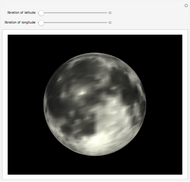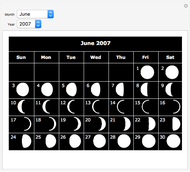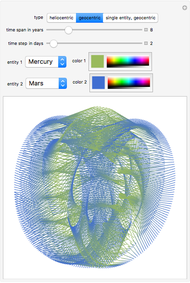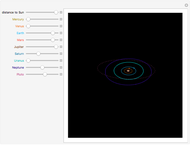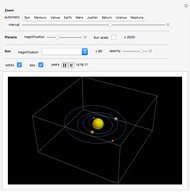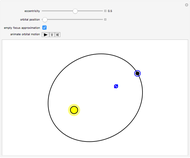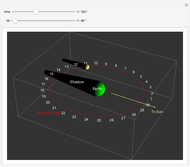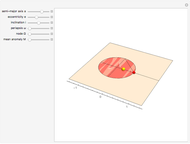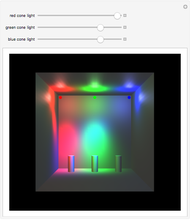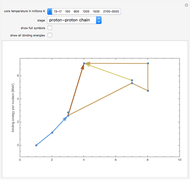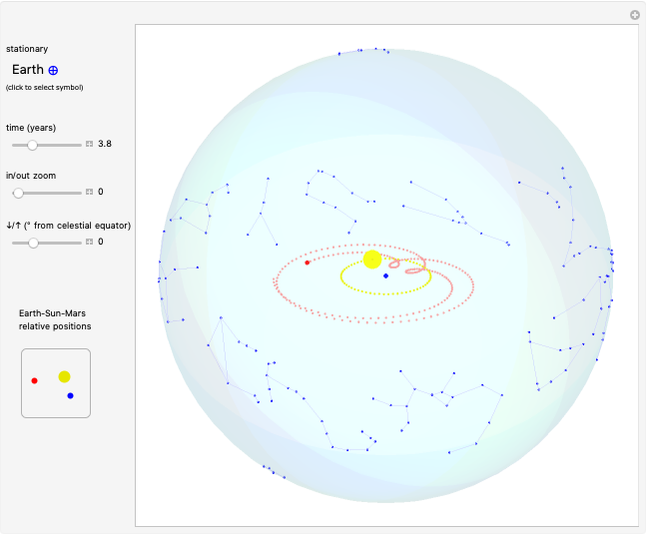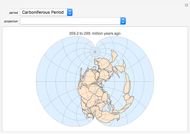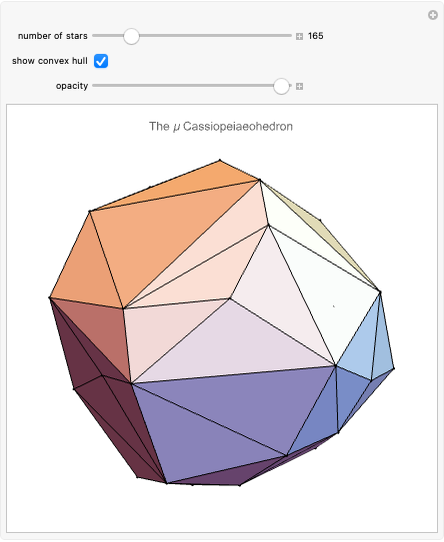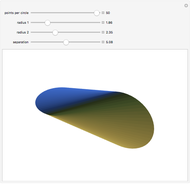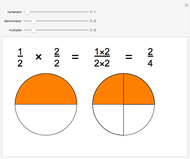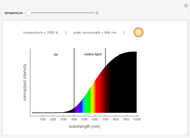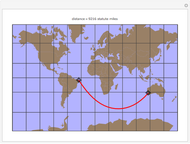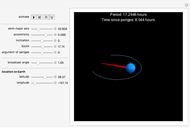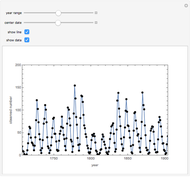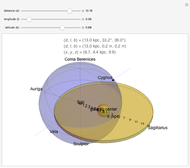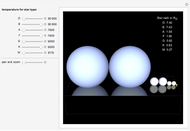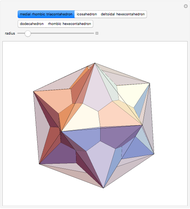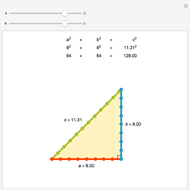Solar and Lunar Eclipses

Requires a Wolfram Notebook System
Interact on desktop, mobile and cloud with the free Wolfram Player or other Wolfram Language products.
A solar eclipse occurs when the Moon's shadow moves across the face of the Earth. Similarly, a lunar eclipse occurs when the Earth's shadow moves over the Moon.
Contributed by: Jeff Bryant (March 2011)
Open content licensed under CC BY-NC-SA
Snapshots
Details
When the Moon moves through the darkest part of the Earth's shadow, the umbra, observers see a total lunar eclipse. A penumbral lunar eclipse occurs when the Moon only moves through the lighter part of the Earth's shadow.
A total solar eclipse occurs when the Moon moves directly between the Earth and the Sun. An annular eclipse occurs when the Moon is at the farthest point in its orbit, so that it does not block all of the Sun.
Permanent Citation







